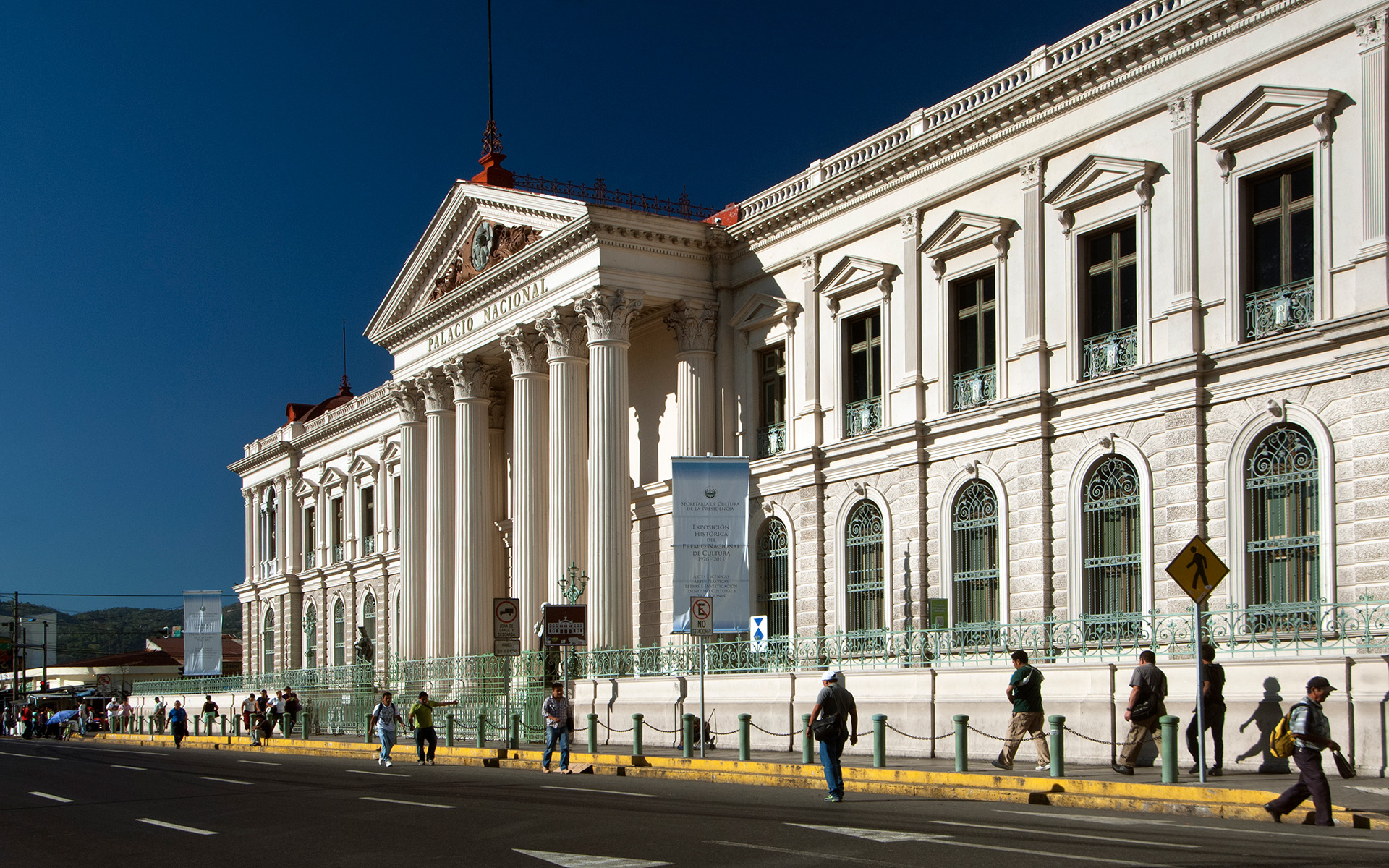The capital is a niche export champion focused on apparel and benefiting from its proximity to the United States, with an opportunity to grow as supply chains shift.
City Class Score
| Commercial Hubs | |
| Export Champions | |
| Mobility Connectors | |
| Climate Resilient |
Corporate HQs, MNC presence, branded outlets, hotels, manufacturing, start-up ecosystem,
transport linkages, population, and income.
Go to the class information
Manufacturing, industrial parks, export share and share change by category, air and port
infrastructure, freight time to market, trade agreements, and expert interviews.
Go to the class information
Passenger traffic, flight connectivity, air-cargo flights, port infrastructure, container
ship sailings, and major road networks.
Go to the class information
Coastal and river flooding, extreme rain, extreme heat and humidity, cyclones, and water
scarcity.
Go to the class information
The historic center of San Salvador has blossomed during the last decade, with
the newly restored National Palace and National Theatre proudly showcasing the city’s vibrant
history. Nestled among these classic buildings, a growing number of coffee shops are serving up 100%
locally sourced coffee beans — once the country’s largest export and still celebrated for their
clean, bright, and sweet flavors. However, coffee exports have been eclipsed by the booming apparel
manufacturing sector, which now stands as the biggest contributor to the nation’s economic success.
San Salvador benefits from the disruptions in global supply chains. Even before recent
trade tensions, the clothing and footwear industries were exploring “China plus one” strategies.
Since then, the momentum has increased. San Salvador is among several Central American cities,
including Guatemala City and Managua, that have seen a rise in exports to the United States during
the past decade, thanks to the US-Central America-Dominican Republic Free Trade Agreement. While the
tariff landscape is still shifting, the region’s low-cost labor and close proximity to the United
States position San Salvador and its neighbors well to capitalize on these supply chain changes.
The city is already a sourcing hub for some of the world’s biggest brands, like Adidas and
Kimberly‑Clark. The American underwear giant Hanes also operates several large factories in the
vicinity. However, the opportunities for San Salvador extend beyond clothing; companies like Nestlé
and Unilever also have facilities nearby, benefiting from the country’s agricultural resources. The
next challenge is to expand the country’s exports beyond a currently limited range of products —
such as T-shirts, coffee, and sugar — and ensure that San Salvador can fully participate in the
global supply chain reshuffling underway.
San Salvador’s freight infrastructure holds its
own when compared with other midsized Latin American cities. The Port of Acajutla ranks among the
region’s top 30, and air cargo flights in the area are similarly competitive. While Asian
counterparts boast significantly larger freight infrastructures, particularly in port facilities,
San Salvador can ship time-sensitive products by road to the United States — an option not available
to factories in places like Dhaka
or Hanoi. This makes the city an enticing choice for brands and manufacturers looking to bring
production closer to their largest market.

